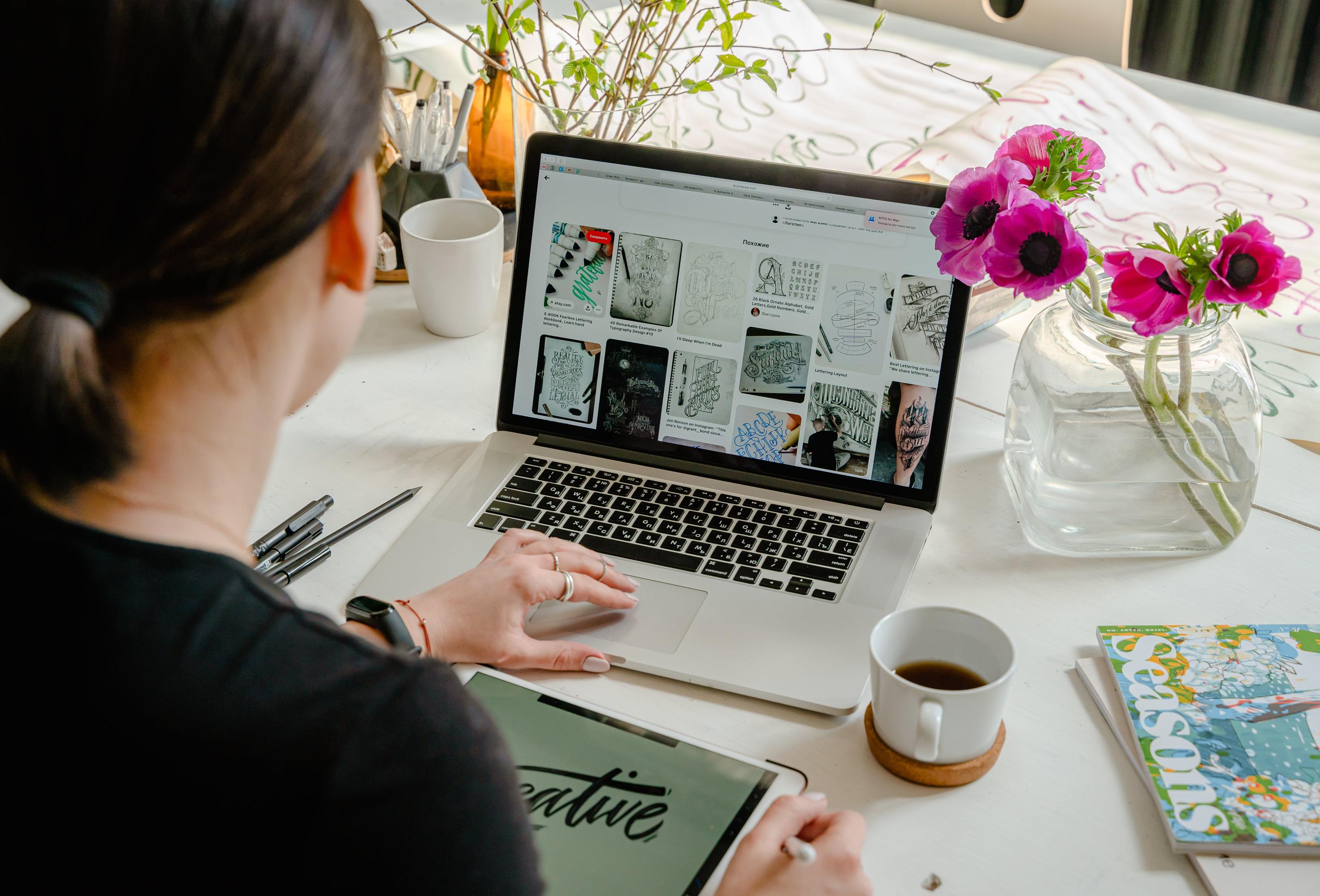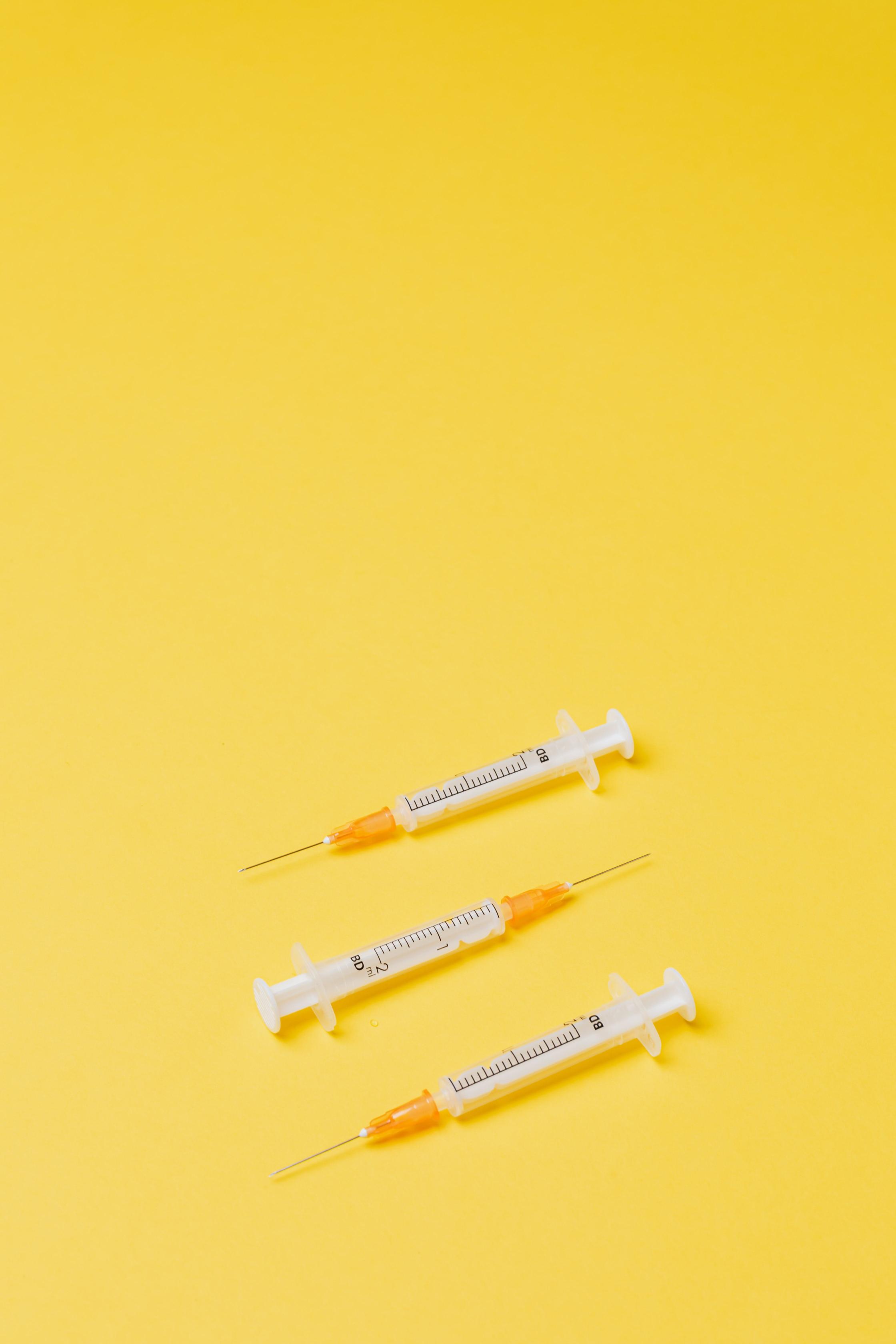Welcome to the insightful world of user experience (UX) design, where the mantra 'user first’ is not just a philosophy but a practice that can make or break the success of any digital product. Today, we’re diving deep into the power of usability testing in UX design, a crucial step that bridges the gap between theoretical design and practical functionality. This method is not just a trend; it’s the backbone of creating intuitive, user-friendly interfaces that resonate with the audience.
By incorporating real user feedback, UX designers can refine and perfect their work, ensuring that the end product is not only aesthetically pleasing but also effortlessly navigable. Join us as we explore how usability testing empowers designers to deliver exceptional user experiences.
Key benefits of incorporating usability testing in the design process

**Key Benefits of Incorporating Usability Testing in the Design Process**Unveiling the curtain to the backstage of UX design, usability testing isn’t merely a buzzword—it’s a pivotal lead character. This systematic process shines a spotlight on how real users interact with a website or a product.
It’s like a rehearsal where the audience’s reactions are carefully observed to fine-tune the final performance. Integrating usability testing early and often in the design process ensures that the end product not only commands a standing ovation but also sees rave reviews under the scrutinizing lens of user satisfaction. The power of usability testing in UX design becomes apparent when you watch end-users navigate your product.
For instance, it often reveals that what designers consider intuitive is sometimes anything but. By identifying these snags, teams can make adjustments that transform a potentially frustrating experience into a seamless one.
Take, for example, an e-commerce website: Usability testing might uncover that buyers are abandoning their carts due to a convoluted checkout process. Pinpointing this issue allows the design team to streamline the steps, cut down on abandoned carts, and dramatically improve sales. Moreover, usability testing paves the way for enhanced accessibility, a crucial aspect that designers might overlook in the hustle of creating something visually stunning.
It uncovers challenges that people with disabilities may encounter, ensuring that the product is not only functional for a wider audience but also compliant with legal standards. The insights gained from observing a diverse set of users interact with your product can also spark innovation, leading to unique features that can set you apart in a crowded marketplace. Ultimately, the unequivocal evidence gathered through usability testing informs decision-making, refines the user experience, and directs designers toward a path where form and function waltz in harmony.
How usability testing enhances user satisfaction and business outcomes

**How Usability Testing Enhances User Satisfaction and Business Outcomes**In the dynamic realm of UX design, usability testing is no less than a sorcerer’s spell that transmutes user frustration into delight. This potent tool delves into the minds of users, extracting invaluable insights that empower designers to cast products in a mold of efficiency and intuitiveness. By observing real people as they interact with a product, designers glean the nuances of user experience—those golden nuggets of knowledge that turn an average product into the digital equivalent of a best friend.
It’s a process that doesn’t just guess what users might like, but knows it, down to the last click and swipe. The power of usability testing lies in its ability to bridge the chasm between assumption and reality.
For instance, through a series of controlled experiments, designers can unveil whether that flashy carousel on a homepage dazzles users, or sends them into the abyss of confusion. These real-world interactions illuminate a path to optimization that analytics alone might never reveal.
Take the case of an e-commerce platform experiencing cart abandonment. With usability testing, it discovers that users find the checkout process more labyrinthine than a quest in a fantasy novel. A few tweaks later—based on actual user feedback—the path is clear, and the treasure trove of completed purchases grows.
Usability testing not only polishes the user’s journey but also translates to tangible business outcomes. In an increasingly digital marketplace, where every pixel counts, companies that invest in understanding their users’ voyage often find their ships laden with the spoils of success—higher conversion rates, robust customer loyalty, and an enviable bottom line. It transforms the art of design into measurable science, turning subjective „good” into objective „effective”.
After all, in the chronicles of UX design, the tales of triumph are penned by those who listen to their users, and usability testing is the quill that writes the story of success.
Different methods of usability testing and when to use them

In the sphere of UX design, the power of usability testing cannot be overstated. This invaluable tool serves as a compass, guiding designers and stakeholders through the often turbulent seas of user experience, ensuring the final product resonates with its intended audience.
Usability testing offers a variety of methods, each tailored to uncover different insights and optimally applied at various stages of the design process. One of the cornerstones of usability testing is the moderated in-person study. This traditional approach involves observing participants as they interact with a product or prototype while they are in the same room as the moderator.
It allows for deep, qualitative insights as the moderator can probe, ask follow-up questions, and understand the user’s thought process in real-time. This method is particularly potent during the early stages of design, where nuanced feedback can pivot the product’s direction.
An example might be bringing users to interact with a new app interface; their initial impressions can be gold dust in refining and streamlining the user journey. However, the landscape of usability testing methodologies extends far beyond the confines of a physical room. Remote usability testing has gained traction, particularly given the global landscape’s evolution due to technology and necessity.
Using tools that track user actions and record sessions, designers can gather data from users who interact with their interface from the comfort of their own environment—a more natural setting that can elicit authentic behavior. This method is adept when testing with a geographically diverse user base or when the design is closer to its final stages, and the focus is on identifying smaller, more specific areas for refinement.
Picture a user in their own home, effortlessly ordering groceries through an app, providing real-world feedback without the artificiality of a lab setting. Lastly, there are unmoderated usability tests, which eschew the need for a guiding hand during the testing session. Users receive tasks and report their experience, which can be analyzed en masse to identify patterns in usability issues.
Tools like heatmaps and click tracking can provide cold, hard data that, when interpreted correctly, turn into actionable modifications. This approach is particularly effective when time and resources are tight, or when a product has matured enough in the design cycle that the feedback needed is less about direction and more about polish and finesse. Imagine releases of app updates where user interactions with new features are measured quantitatively to gauge success and inform future iterations. Each method of usability testing serves its distinct purpose, whether it’s diving deep with a moderated session, casting a wide net with remote testing, or rapidly iterating with unmoderated evaluations. The common thread that runs through all these methods is their unwavering focus on the user, ensuring that every design decision is made with the end-user’s experience as the paramount concern. The power of usability testing in UX design lies in its flexibility and the nuanced insights it provides, making it an indispensable tool in crafting experiences that not only meet but exceed user expectations.
Best practices for conducting effective usability tests and analyzing results
## Best Practices for Conducting Effective Usability Tests and Analyzing ResultsEmbarking on the journey of usability testing is akin to harnessing the power of divination within UX design—it offers a glimpse into the minds and behaviors of those we seek to enchant with our interfaces. Usability tests, when implemented with a deft touch, have the capacity to illuminate the path to an intuitive user experience, one that feels akin to a natural extension of the user’s capabilities rather than an arcane puzzle to be solved. However, the true magic of these tests lies not just in the execution but also in the meticulous analysis of the findings they yield.
To start, a well-conducted usability test begins with a clear objective. Are you trying to determine if users can complete a specific task, or are you gauging the overall intuitiveness of a new feature?
The task at hand must be precise to provide actionable insights. For example, if users are struggling to navigate through an e-commerce app to find the checkout button, the solution could be as simple as improving the button’s visibility or as complex as reevaluating the entire checkout flow. Crafting tasks that mirror real-world use cases allows for the observation of genuine user reactions and interactions.
This theatrical play unfolds with carefully selected participants representing the larger audience, each acting as a guiding star in the galactic quest of perfecting the user interface. When the curtain rises, the facilitator must step back, adopting the role of an observant scribe rather than a leading actor, ensuring that the user’s experience is persuasive, not swayed by aiding prompts or unintentional cues.
As the sessions progress, patterns begin to emerge from the tapestry of user behavior—some threads lead to ease and satisfaction, others to confusion and frustration. The key is to document meticulously: record the sessions, take notes, and employ tools like heat maps or click tracking to capture subtle nuances that even the sharpest eye might miss.
When the spotlight dims and the participants depart, the real work begins. Analyzing results from usability tests is both an art and a science. One must transform the raw data into a mosaic of actionable insights.
This elucidation phase is not for the faint of heart, for it demands an unwavering commitment to truth over ego; a feature that is the designer’s pride could be the user’s bane. Themes, when revealed, must lead to iterations—a tweak here, an overhaul there, always with the goal of ensuring that when the user dances with the interface, it feels like a tango of elegance, not a stilted waltz. In conclusion, the power of usability testing in UX design cannot be overstated, as it offers the foresight to tailor experiences that resonate with users on an innate level. By adhering to best practices—setting clear objectives, representing the user base methodically, observing without interference, and analyzing with a discerning eye—designers and researchers can skillfully craft a digital environment that feels less like a foreign landscape and more like home.
Nasza rekomendacja video
Summation
In conclusion, usability testing is an indispensable tool in UX design, ensuring that products are user-friendly and intuitive. By involving real users, designers can identify issues, gain valuable insights, and make informed decisions to enhance the overall user experience.
Embracing the power of usability testing is key to creating successful, user-centered designs that meet and exceed user expectations.
FAQ
How does usability testing fundamentally enhance the effectiveness of UX design?
Usability testing fundamentally enhances the effectiveness of UX design by providing direct feedback from real users, which helps designers understand user behavior, preferences, and challenges. This empirical evidence allows for data-driven improvements, ensuring the design is intuitive, accessible, and aligned with user needs, ultimately leading to a more user-friendly product.
What are the most common methods of usability testing and how do they differ in their approach to improving user experience?
The most common methods of usability testing include moderated in-person testing, where a facilitator works directly with a participant to observe their interaction with a product; unmoderated remote testing, which allows users to complete tasks at their own pace and location, often using software to record their interactions; and card sorting, where users organize topics into categories to help define a website’s information architecture. These methods differ in their approach to improving user experience by varying in the level of direct interaction, the environment in which the test is conducted, and the specific aspects of user experience they aim to enhance, such as navigation, content organization, or overall satisfaction.
Can usability testing impact the overall success of a product, and if so, in what ways?
Yes, usability testing can significantly impact the overall success of a product by identifying user experience issues before the product reaches the market, ensuring that it meets user needs and expectations. This process can lead to improvements in user satisfaction, increased adoption rates, and customer loyalty, while also potentially reducing the costs associated with post-launch fixes and customer support.
How can designers integrate usability testing into the early stages of product development to ensure a user-centered design process?
Designers can integrate usability testing into the early stages of product development by conducting early and frequent user research, such as interviews and observations, to understand user needs and context. They can also create interactive prototypes and conduct iterative testing sessions, allowing real users to interact with the product concepts and provide feedback, which can then be used to refine the design before it’s fully developed. This approach ensures that user feedback is central to the design process from the very beginning, reducing the risk of costly changes later on.
What are the challenges and limitations of usability testing, and how can UX designers overcome them?
Usability testing faces challenges such as participant recruitment, which can be time-consuming and costly, and the potential for biased feedback due to unrepresentative test samples or tester influence. Limitations include the artificial testing environment that may not accurately reflect real-world usage, and the difficulty in quantifying user experience. UX designers can overcome these issues by employing diverse recruitment strategies to ensure a representative user group, using remote and unmoderated testing to capture more natural user behaviors, and combining quantitative data with qualitative feedback for a comprehensive understanding of user interactions.
How has the evolution of technology influenced the methods and tools used for usability testing in UX design?
The evolution of technology has greatly expanded the toolkit for usability testing in UX design, introducing sophisticated software for remote testing, eye-tracking, and real-time analytics, which allows for a broader and more diverse participant pool and more nuanced insights into user behavior. Advanced technologies like AI and machine learning have also enabled the automation of certain testing processes, making it more efficient to analyze large volumes of user data and identify patterns. Furthermore, the rise of mobile and wearable devices has necessitated the development of new testing methods tailored to these platforms, ensuring that usability studies reflect the environments in which users actually interact with products.

